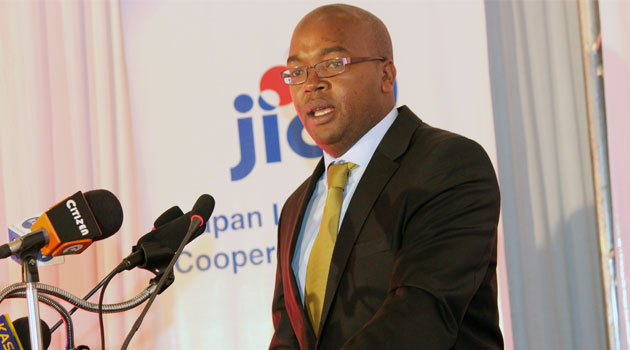
PS Muraguri was also quick to note that the number of visits had increased to over eight million per year in 2015 up from 4 million in 2013 meaning more people are accessing care to health facilities/FILE
NAIROBI, Kenya, Aug 3 – Complications related to pregnancy and childbirth are among the leading causes of morbidity and mortality among Kenyan women.
However there are commendable improvements made in this specific health sector as recent estimates in the Global Burden of Disease: Generating Evidence, Guiding Policy in Kenya report show that child mortality has decreased to 70,000 down from 100,000 in 2013.
Death of children under the age of five significantly declined to 58pc deaths per 1,000 live births as well as the maternal mortality with 277 maternal deaths per 100,000 live births.
The number of live births occurring in the health facilities has more than doubled from the 600,000 recorded in 2013 at the inception of free maternal care by the government.
The issue of maternal health care is at the core of the government’s agenda, said Permanent Secretary in the Ministry of health Nicholas Muraguri in an interview with Capital FM News.
With a record in improved health care system, there is no doubt that more needs to be done to ensure efficiency as there are people and regions that still lack adequate access to maternal health facilities.
This can be seen in regions where there’s insecurity, infrastructure is a challenge as well as cultural barriers as women choose traditional mid-wives as opposed to a trained medical practitioner.
For instance, less than 90pc of women in Garissa, Marsabit, West Pokot, and Samburu and less than 60 pc in Mandera and Wajir received Ante natal care (ANC) from a skilled provider; 47 pc of women in Mandera received no ANC at all, according to the Kenya Demographic Health Survey 2014.
“There are policies put in place around access to care, and yes plans are underway to improve on infrastructure in these regions, expand midwifery training for nurses. The objective is to increase the skills of primary care physicians and nurses trained in midwifery so that they can become “skilled birth attendants” by acquiring proficiency in the skills necessary to manage normal deliveries and to diagnose and manage or refer complicated cases,” he noted.
PS Muraguri was also quick to note that the number of visits had increased to over eight million per year in 2015 up from 4 million in 2013 meaning more people are accessing care to health facilities.
The challenge the Ministry of Health (MoH) is currently facing is that of human resource, where the PS said they are working with other partners in the health sector to ensure that the number of doctors and health workers is progressively increased.
“We are producing between 700 and 100 doctors per year and another 3,000 nurses. This is not adequate to improve quality of care,” said Muraguri.
To counter the gap, the MoH has expanded medical training colleges to admit more people, increased access to scholarships, improving hospitals for better intakes.
“This is a long term agenda one that we will see through but at least there are measures put in place to ensure access, training capacities for the practitioners etc,” said Muraguri.
The improved measures will also include a review of medical practitioners’ salary of which the PS said they are in discussion with the salaries and remuneration commission.
“We are making every possible progress to ensure that our health workers are well paid as well improve on their working environment and human resource management,” said the PS.









































